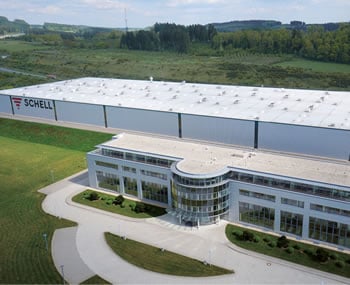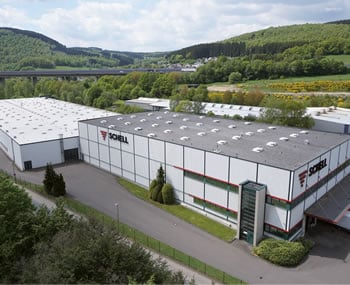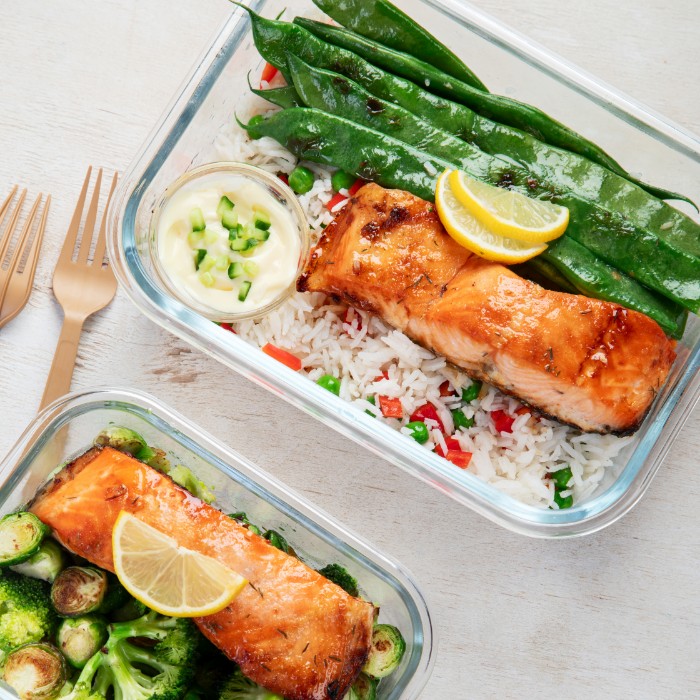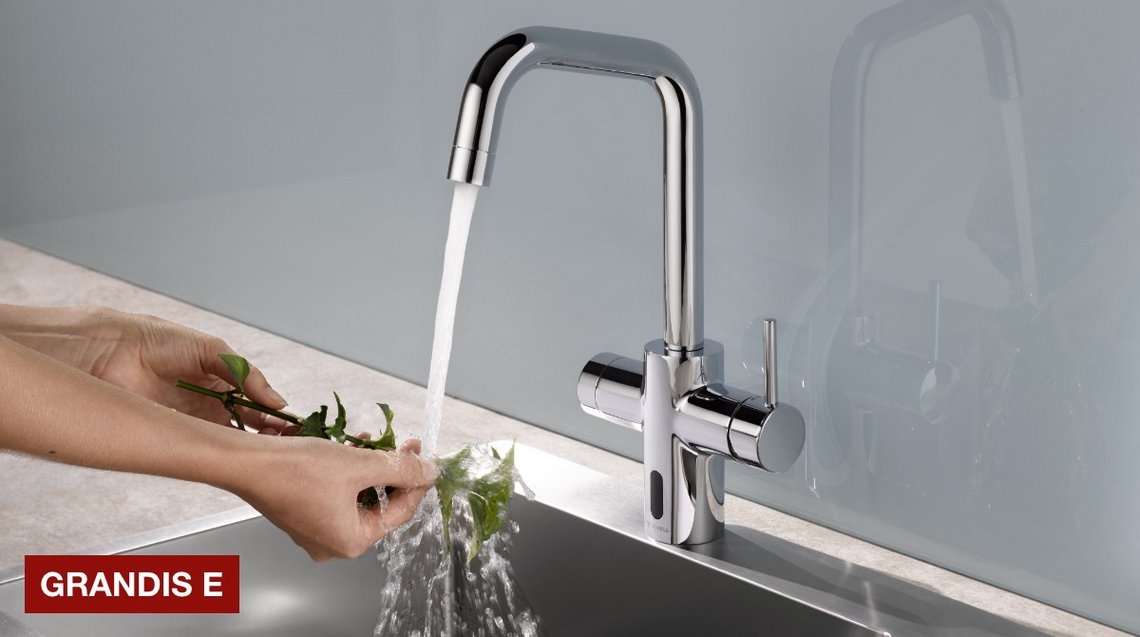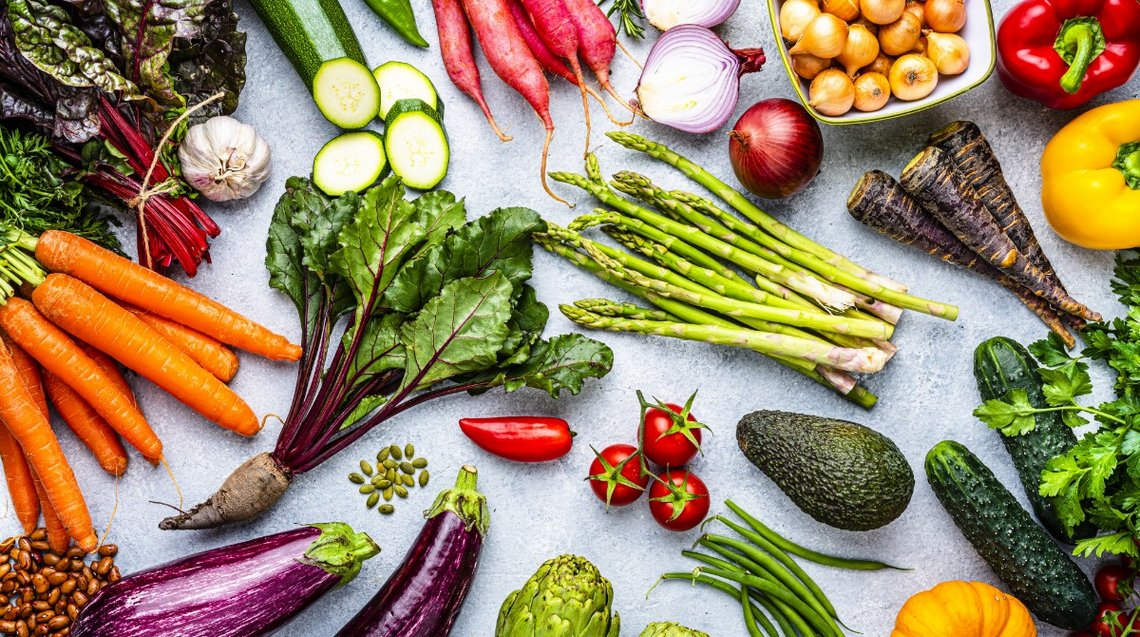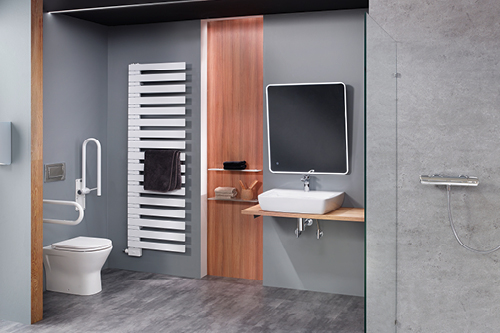Meal prepping: benefits and risks – and the key role played by drinking water
When juggling work, appointments and household chores, there’s often very little time left to prepare a meal from scratch. So, many of us settle for fast food or whatever we can find in the fridge. Meal prepping: all the rage – and a good alternative? Meal prepping (or ‘meal prep’ for short), refers to the planned preparation of meals, whether just for tomorrow or for a whole week at a time. But how safe are these ‘prepped’ meals from a microbiological perspective? What are the risks in relation to shelf life and food hygiene? And what role does drinking water have to play here?
Meal prep and microbiological risks
Food hygiene risks are always present wherever and whenever foods are processed, stored or consumed. Alongside general good hygiene practice, the following specific aspects should also be considered to avoid microbiological risks.
Contamination during preparation
The preparation of foodstuffs harbours a risk of ‘cross contamination’, i.e. the transfer of harmful bacteria from one type of food to another. Especially when handling raw meat or eggs, there is a significant risk that pathogenic organisms like Salmonella may be present in the food. Alongside thorough cleaning – which includes washing the hands and kitchen utensils – it is therefore important to store and process raw and cooked food separately.
Incorrect storage
Taking an overly careless approach to storing the prepped meals can allow harmful bacteria to propagate rapidly in the food. To avoid this, storing the meals in a cool and dry place is a must – and the use of air-tight containers is another essential requirement. Once prepped, the meals can be stored safely in the fridge for about 3 or 4 days. If meals are to be kept for longer, they should be stored in the freezer, where they will keep for up to 12 months.
Problems when storing in water
Apart from making complete, pre-cooked meals, meal prepping also involves the targeted preparation of individual ingredients like fresh fruit and vegetables. According to viral videos doing the rounds on social media, fruit and vegetables can be peeled, pre-cut and then stored ready to use in containers filled with tap water. From a microbiological perspective, however, this is a recipe for disaster. First of all, the peeled foodstuffs will be contaminated by contact with the hands and these bacteria will multiply in the water. The pre-cut foods will also release a lot of nutrients into the water, thereby enriching it for the bacteria while losing both flavour and quality themselves. Celebrity chef Tim Maelzer once got the chance to see what this looks like under the microscope: biologist Rainer Wegerhoff sliced up some salad leaves and then impressively demonstrated how the cellular fluid promotes the growth of putrefactive bacteria.

![[Translate to English:] [Translate to English:]](/fileadmin/_processed_/1/b/csm_symstemloesungen_e2_thumb_6bca267f26.jpg)
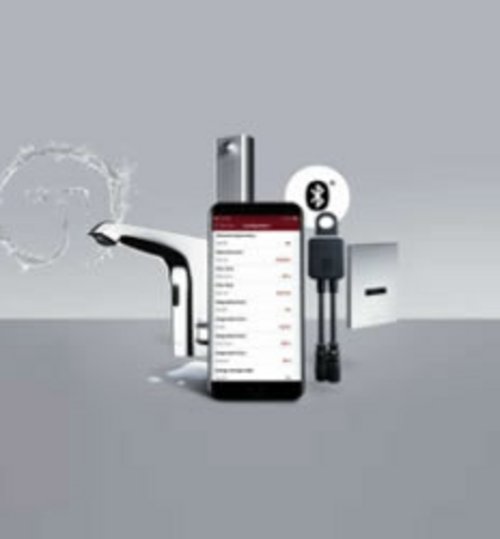
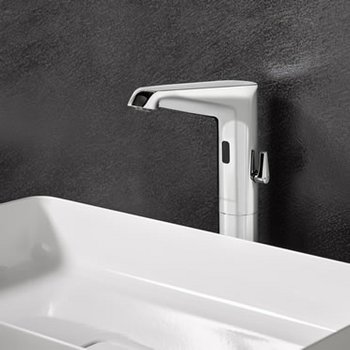
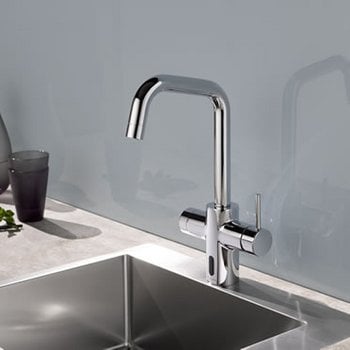
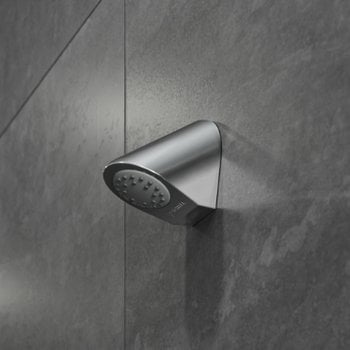

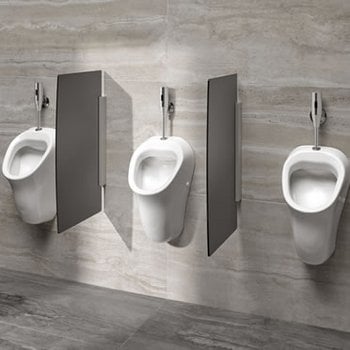
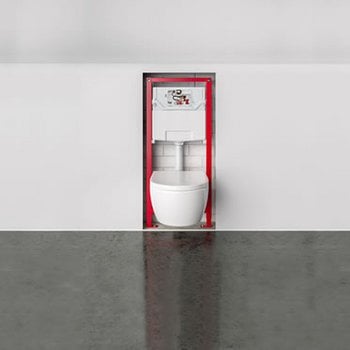
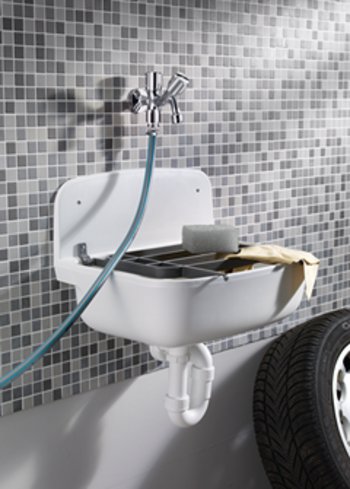
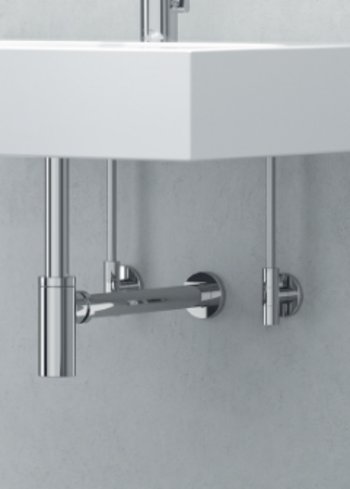

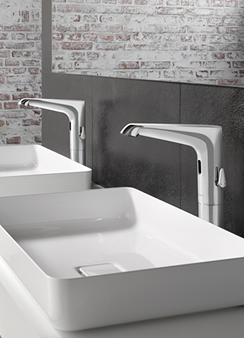
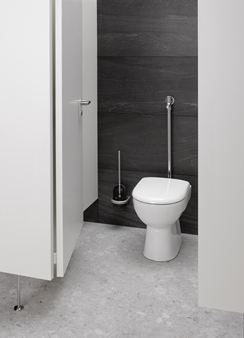



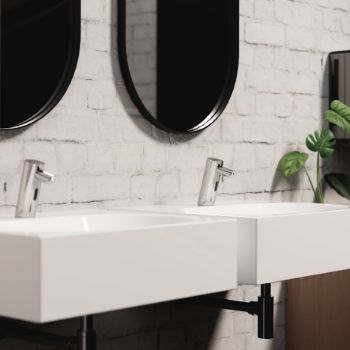

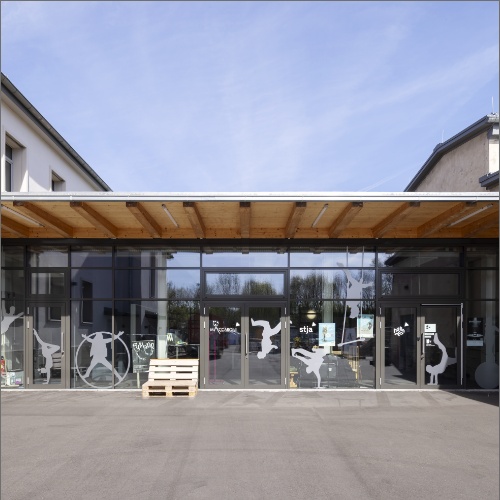
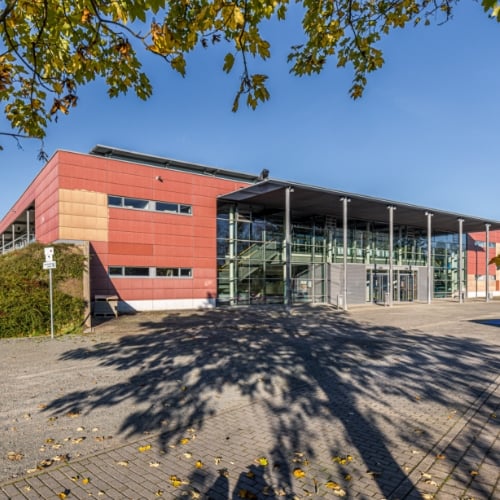
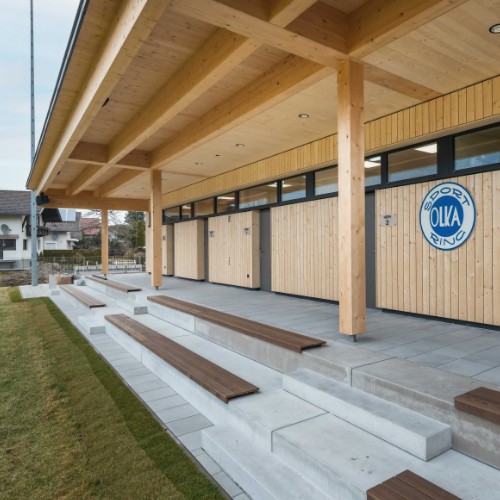
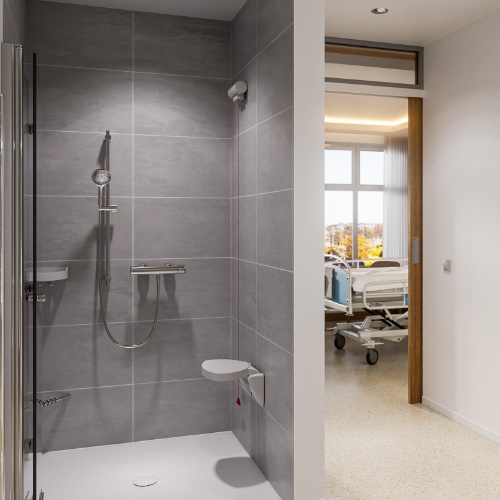
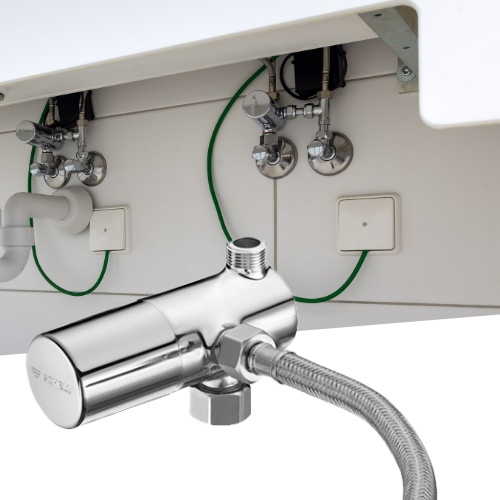

![[Translate to English:] [Translate to English:]](/fileadmin/user_upload/images/menu/menu_service_downloads_broschueren.jpg)




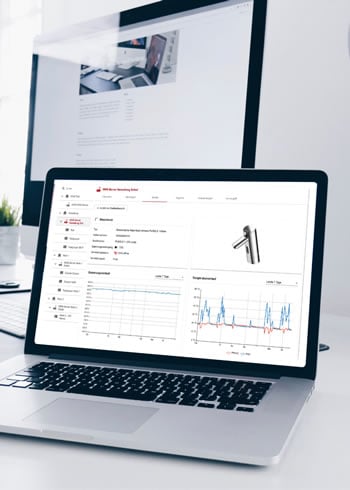


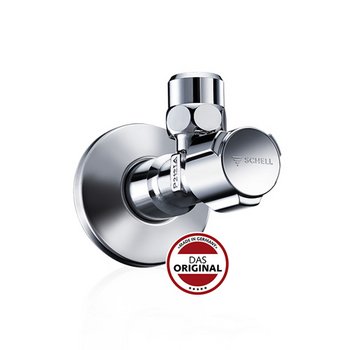
![[Translate to English:] [Translate to English:]](/fileadmin/_processed_/7/7/csm_menu_unternehmen_ueber-schell_awards_f6cec25b1d.jpg)
![[Translate to English:] [Translate to English:]](/fileadmin/_processed_/a/0/csm_menu_unternehmen_ueber-schell_wasser-sparen_41036d2dd9.jpg)


